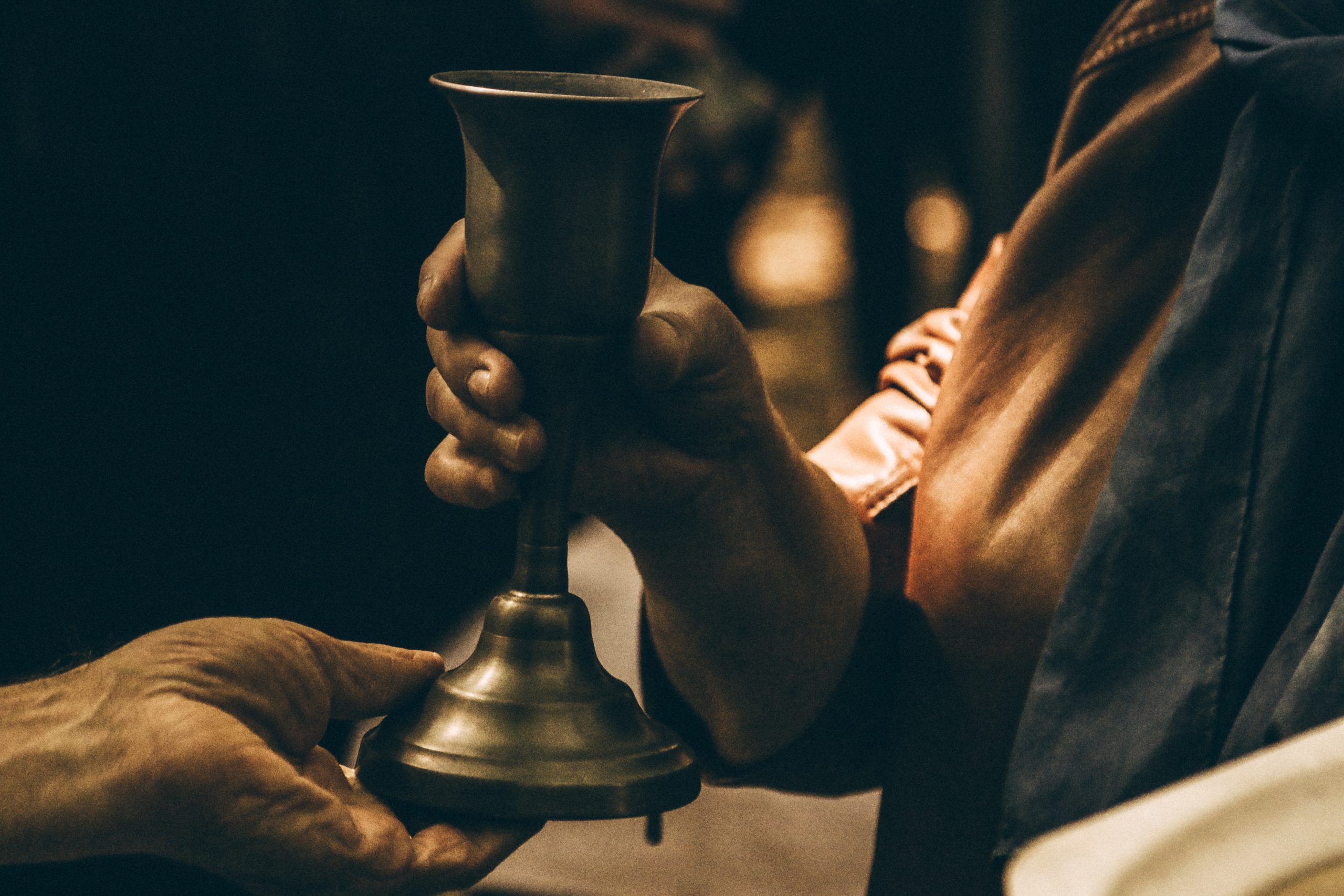
The Upper Room: There and Back Again
In the upper room, the night before his death, Jesus reassured his disciples: “I will not leave you orphans; I will come to you” (Jn 14:18). To what coming was Jesus referring? At least four suggestions have been offered: (1) his resurrection appearances; (2) his coming corporately via the Holy Spirit at Pentecost; (3) his coming individually to the hearts of his people in the person of the Holy Spirit; (4) his coming again at the end of the age.
The second coming (4) is an attractive option (Ryle holds this view) because he already referred to his second coming with the same word (Jn 14:3). The problem is that Jesus immediately followed the promise in John 14:18 with this statement: “A little while longer and the world will see me no more; but you will see me” (Jn 14:19). But at the second coming “every eye will see him” (Rev 1:7).
The surrounding discussion of the sending of the Spirit (Jn 14:15-17, 26) convinces others (like Godet) that Jesus is referring to his coming by proxy in the person of the Spirit. But the same statement in John 14:19 presents a challenge for views (3) and (2) as well. The disciples did not “see” Jesus in the Pentecostal coming or the individual indwelling of the Spirit, since the Spirit is invisible. Moreover, Jesus never elsewhere describes the sending of the Spirit as a form of his “coming.”
Several factors point to what may seem the most pedestrian and least theological option (1). Jesus was simply assuring them, on the eve of his crucifixion, that he would come back after his death so that they could see that he was, in fact, alive (Carson, Morris). The disciples’ dominating concern in the upper room was Jesus’ self-prophesied impending death and departure. They were anxious about not seeing him again (Jn 13:33, 36; 14:1-5, 27-31). Orphans are those whose parents die (Jn 14:18). He must leave them but before he does, he will show them that he is not dead (Jn 14:19-20). Further confirmation comes four nights (and six chapters) later, when Jesus appears to the gathered disciples for the first time in the same upper room.
John is the only writer who specifies not merely that Jesus “appeared” to the disciples, or that he “stood” before them, but that Jesus came to the disciples as they were gathered in the upper room: Jesus came and stood in their midst (Jn 20:19), but Thomas . . . was not with them when Jesus came (Jn 20:24); so again, Sunday week, Jesus came, the doors being shut, and stood in their midst (Jn 20:36). It is a very ordinary verb, but the fact that Jesus specified that he would come to them and that John alone includes that detail three times seems more than a literary accident.
Jesus also assured them that when he came, the world would not see him but they would see him (Jn 14:19). He elaborated on the timeframe of that seeing later that night: “A little while and you will not see me; and again, a little while, and you will see me” (Jn 16:17-19). And again, three times John makes the verbal connection that they saw him (Jn 20:20, 25, 29). But, just as Jesus said, the world did not see him. Though in retrospect it seems surprising, there is no record of Jesus showing himself at large to anyone other than his disciples.
An alert reading of these passages (John 13-16 and 20) reveals other intriguing connections between these upper room experiences. Only John records Jesus’ lengthy pre-crucifixion conversation with his disciples in the upper room when he explictly promised to give them peace (Jn 14:27). And John records the resurrected Jesus’ benediction of peace when he greets the disciples–again, three times (Jn 20:19, 21, 26).
Jesus also assuages their anxious grief with the assurance that their present sorrow would be swallowed up by joy: “you will weep and lament but the world will rejoice; and you will be sorrowful, but your sorrow will be turned to joy. . . . Therefore, you now have sorrow; but I will see you again, and your heart will rejoice and your joy no one will take from you” (Jn 16:20-22). And sure enough, John describes the disciples’ “joy when they saw the Lord” (Jn 20:20). Likewise, the emphatic importance of believing (John never uses the noun, always only the verb) is underscored in the upper room experiences, both before the crucifixion (Jn 14:1, 10-12, 29; 16:27, 30-31) and after the resurrection (four times in Jn 20:24-29; cf 20:30-31).
Some have argued that Jesus knowingly used a common word (come, erchomai) commonly employed in different senses, and that a purposeful ambiguity lends itself to multiple referents. Maybe. But an attentive, contextual reading of John 13-20 suggests a simpler solution. Jesus understands and compassionately addresses his disciples’ most immediate and mundane struggles. He does have to leave them. And helplessly watching the execution of their Messiah and Master will be the trial of their lives. But after that ordeal is over, he will come to them again. They will see him again. And their joy and peace will be full to the brim.
The whole narrative is a microcosm of the believer’s confidence in the face of death.
Recent Viewpoints | Recent Theology in 3D

